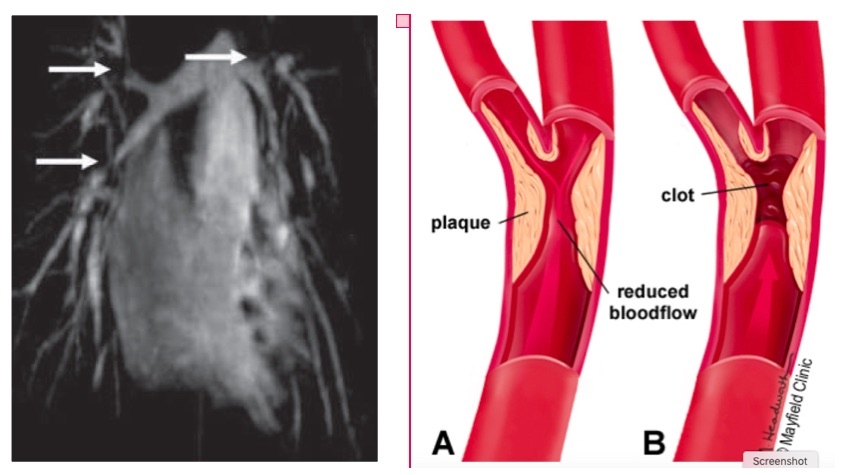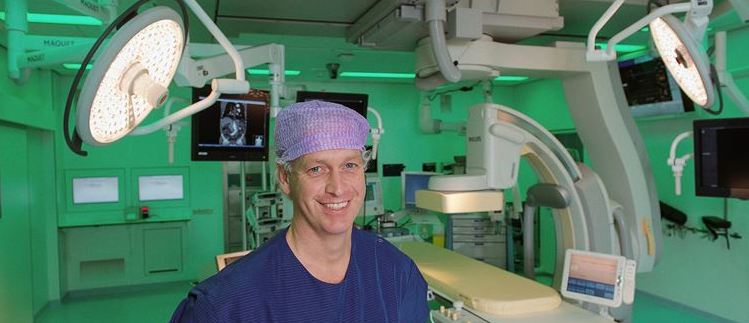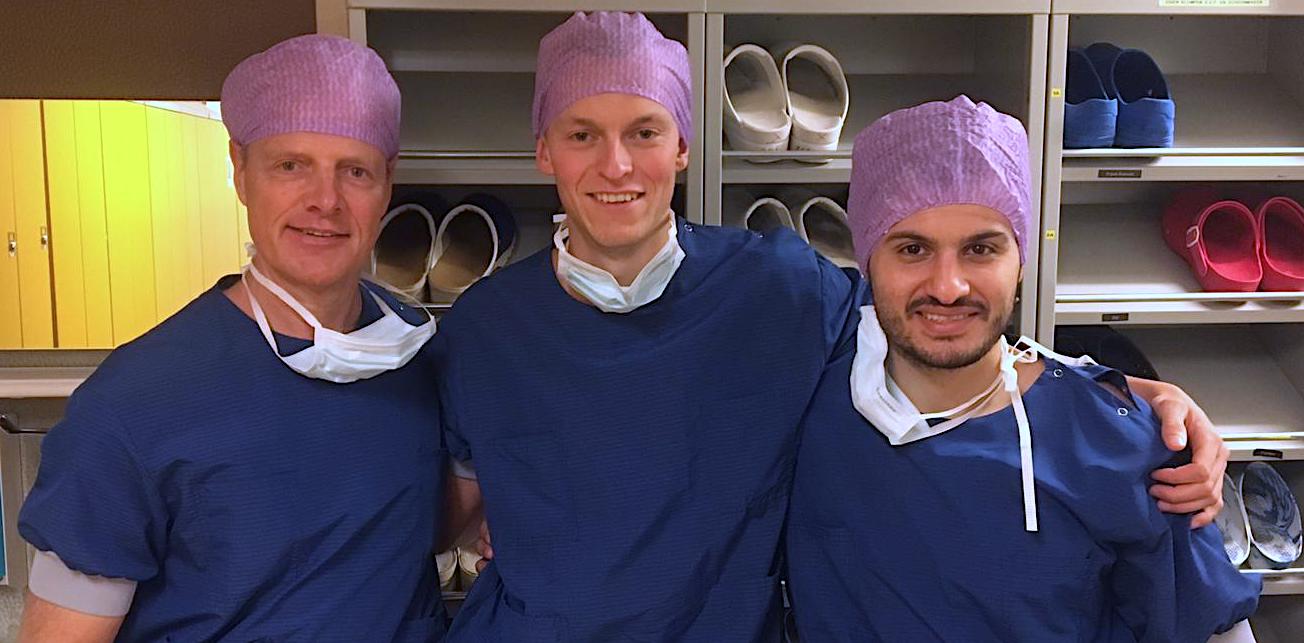BIOMEDICAL FLUID MECHANICS
Fluid mechanical support for stent interventions

Congenital heart disease (CHD) is the most common form of congenital defects, with an incidence of 8 per 1000 births. The manifestation of CHD has a wide variety, ranging from an incidental diagnosis in an asymptomatic adult to severe neonatal cyanosis. Patients with CHD have an abnormal geometry and morphology of the heart, which affects the blood flow. Surgical or interventional procedures are often required but optimal timing of (repeated) intervention can be challenging, and abnormal blood flow patterns may result contributing to diminished cardiac and vascular function. We concentrate on local stenosis of the aorta and the pulmonary artery, i.e., the artery that transports low-oxygen blood from the heart to the lungs, near bifurcations. Treatment frequently consists of placing a stent, i.e. a deployable metal structure that locally widens the artery promoting normal flow rates. To assess the result of the therapy a-priori, computational fluid dynamics (CFD) can be used. However, reliable application of CFD to these geometrically irregular structures with viscous pulsating flow is an enormous challenge in itself. It is therefore necessary to validate the CFD-tools by means of designated experiments using four-dimensional flow cardiac magnetic resonance imaging (4D flow CMR). It consists of time resolved phase-contrast CMR, combining 3D volumetric images with 3D velocity coding throughout the cardiac cycle. Using 4D flow CMR, extensive qualification and quantification of flow within a given volume can be obtained.
- dr. G. Krings (UMCU/WKZ)
 drs. E. Warmerdam, drs. M. Conijn (UMCU/WKZ)
drs. E. Warmerdam, drs. M. Conijn (UMCU/WKZ)
- prof. dr. M Versluis, dr. E. Groot-Jebbink, L. van de Velde MSc (Physics of Fluids, University of Twente)
- prof. dr. M. Reijnen (Rijnstate Hospital & University of Twente)

- prof. dr. ir. Kees Venner, Steven Wanrooij (technician) (Engineering Fluid Dynamics, University of Twente)
